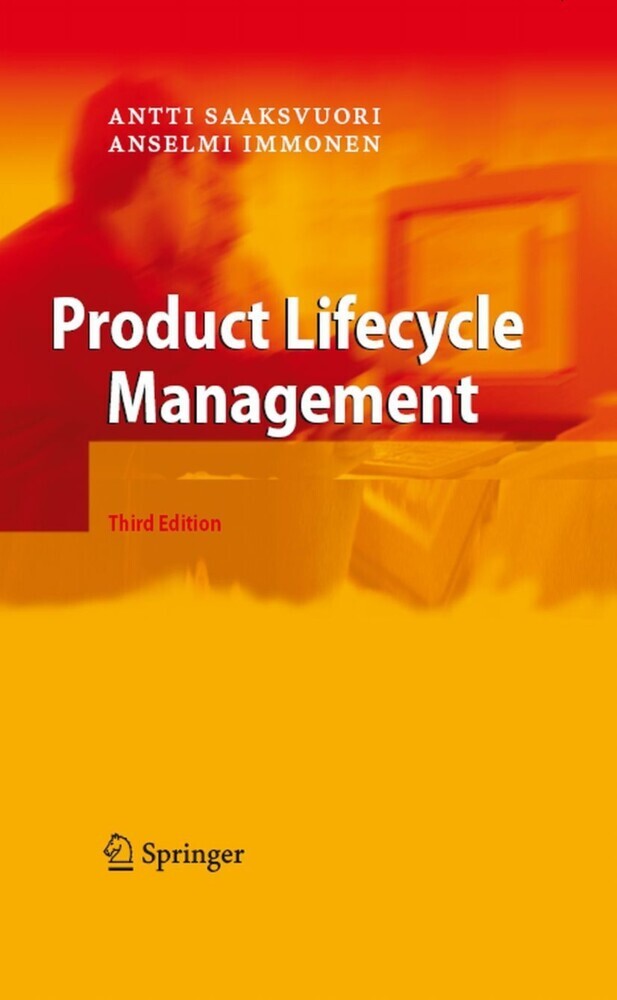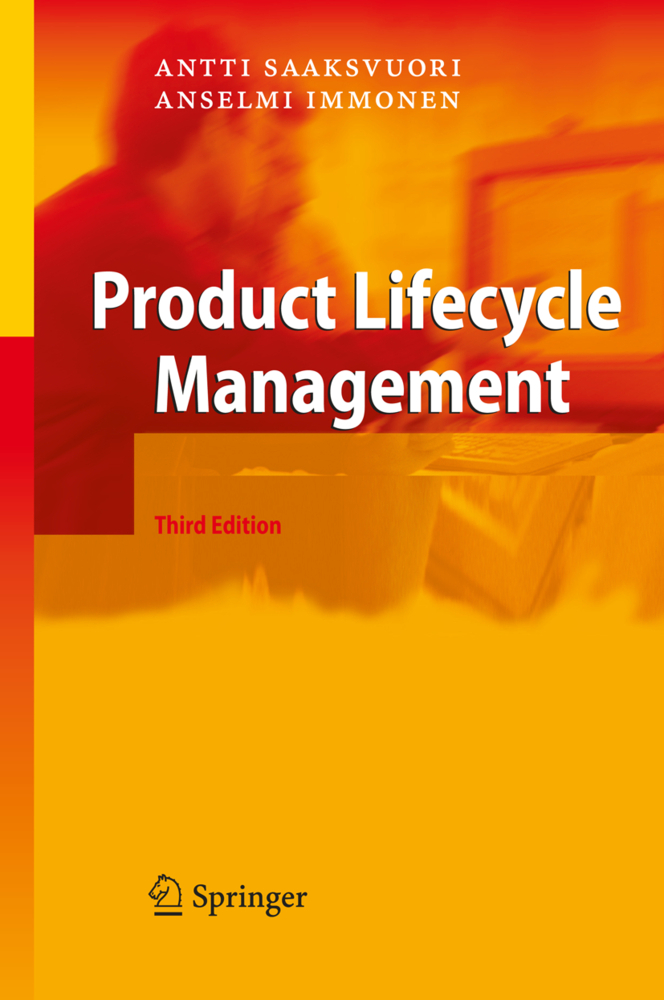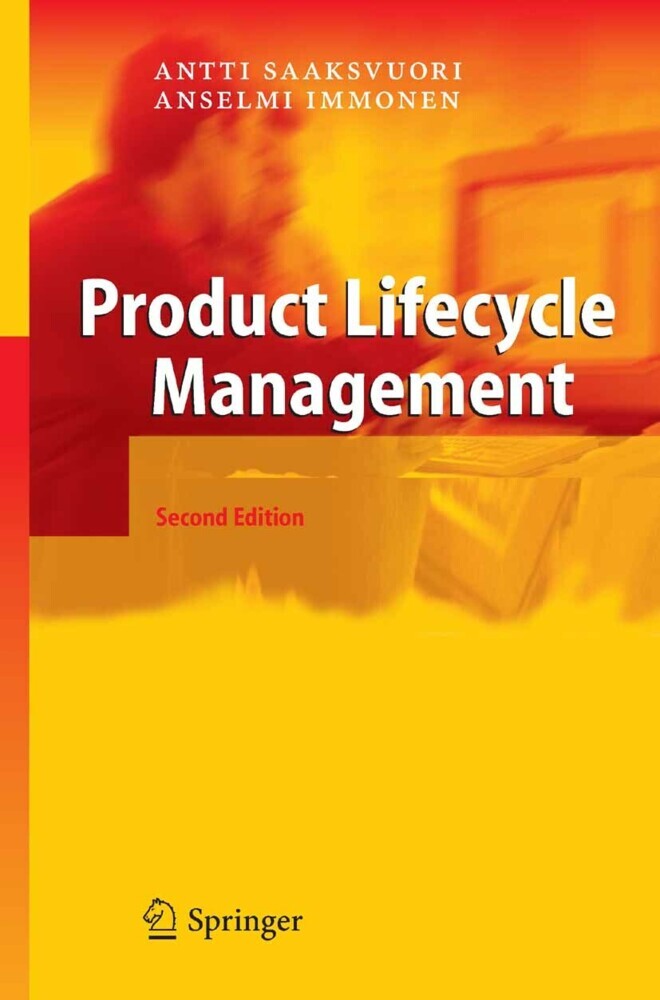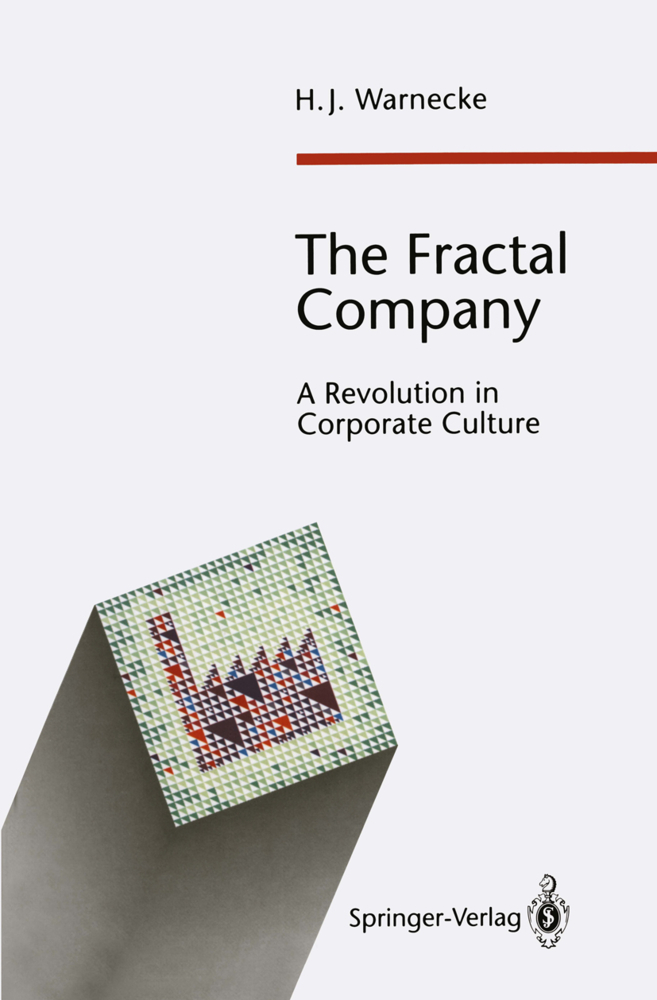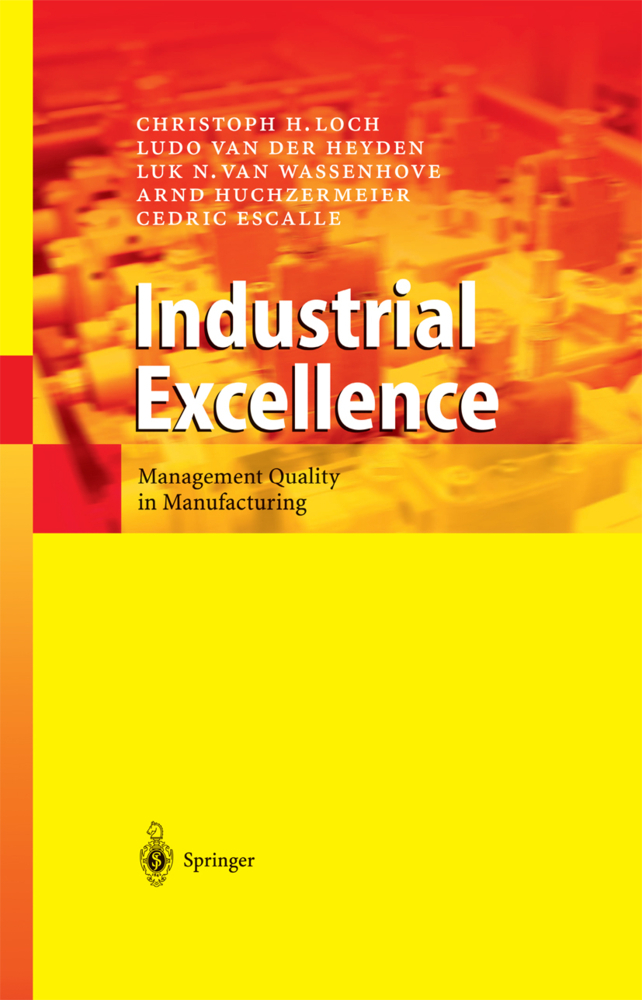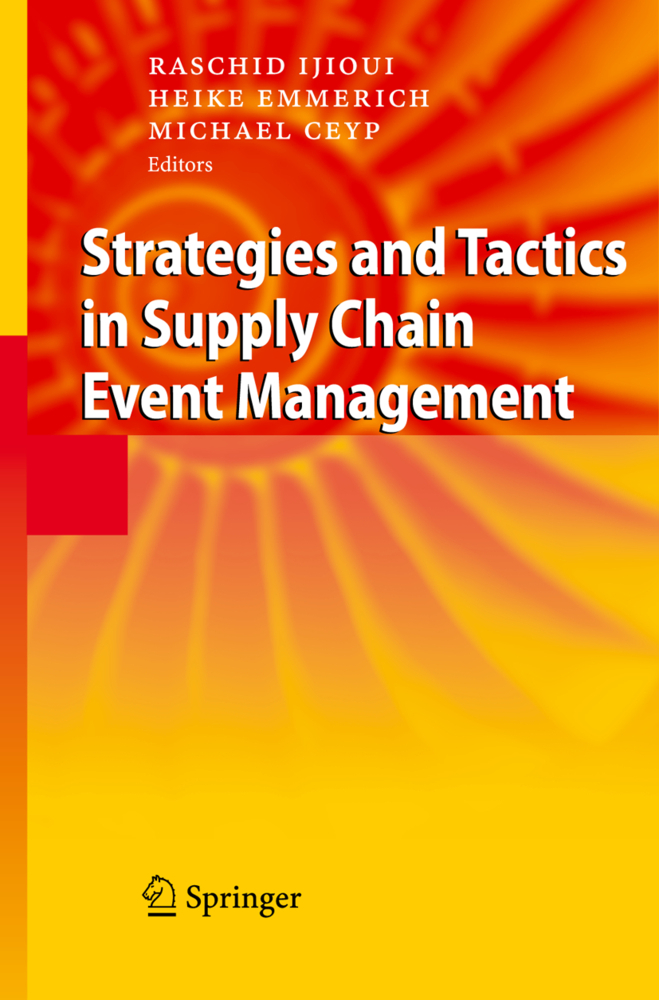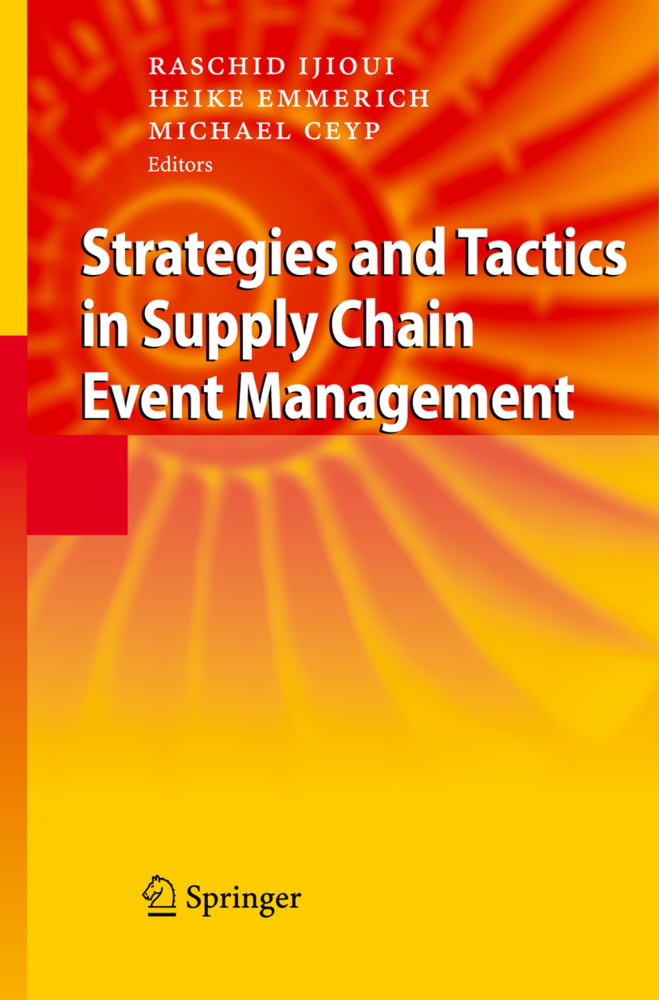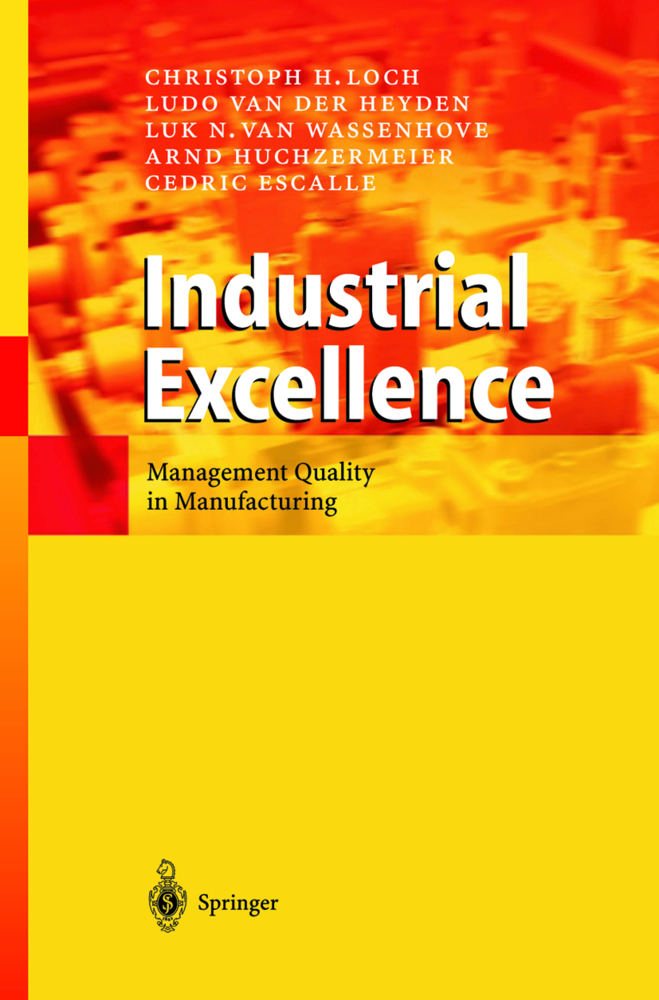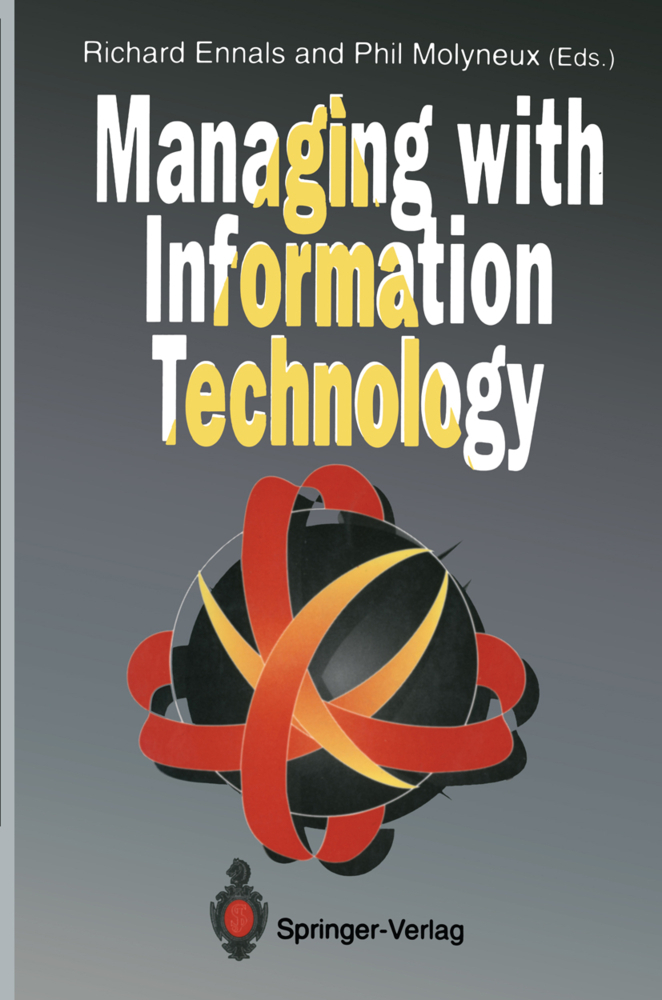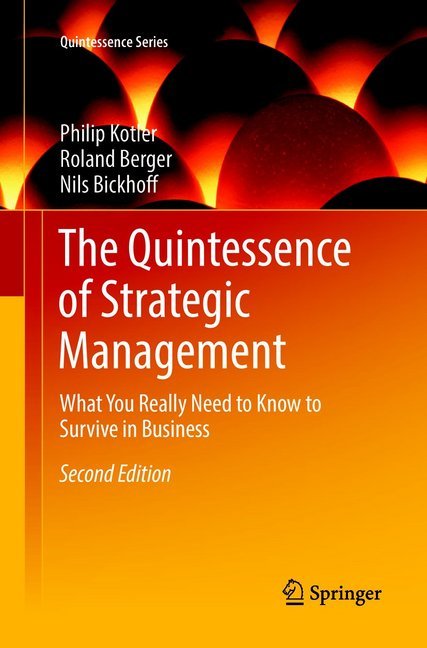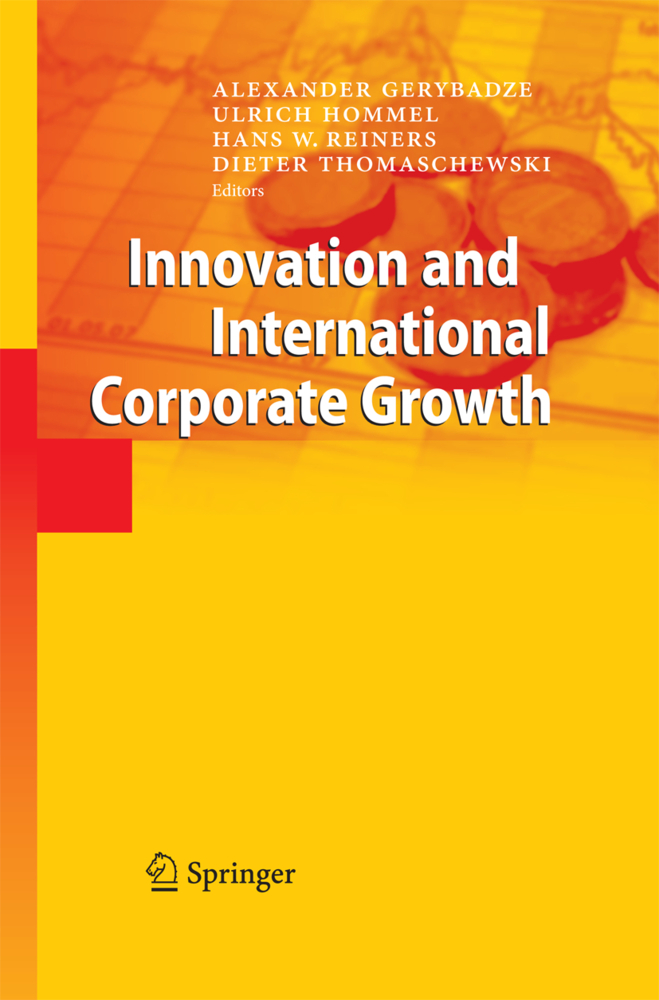The first book on Product Lifecycle Management in English!
In today's manufacturing and service industries PLM - Product Lifecycle Management is an essential means to cope with the challenges of more demanding global competition. New, more complex and more configurable products must be introduced to markets faster than ever before. In order to cope with this companies form large collaborative networks. In these collaborative networks product information must be transferred between companies in electronic form, smoothly with high level of information security.
This book is designed to introduce the reader the basic terms and fundamentals of PLM and give a solid foundation for starting developing Product Lifecycle Management. It gives ideas and examples how PLM can be utilized in various branches of industry. It is also about looking into future, how PLM can assist in creating new business opportunities and making real eBusiness possible.
In today's manufacturing and service industries PLM - Product Lifecycle Management is an essential means to cope with the challenges of more demanding global competition. New, more complex and more configurable products must be introduced to markets faster than ever before. In order to cope with this companies form large collaborative networks. In these collaborative networks product information must be transferred between companies in electronic form, smoothly with high level of information security.
This book is designed to introduce the reader the basic terms and fundamentals of PLM and give a solid foundation for starting developing Product Lifecycle Management. It gives ideas and examples how PLM can be utilized in various branches of industry. It is also about looking into future, how PLM can assist in creating new business opportunities and making real eBusiness possible.
1;Preface;5 2;Table of Contents;9 3;Chapter 1 - Introduction;14 3.1;What is a product?;14 3.2;PLM: What is it?;14 3.3;Product Lifecycle Management: background;16 3.4;Corporate challenges;18 4;Chapter 2 - Fundamentals;20 4.1;Product data or product information;20 4.2;Product Lifecycle Management (PLM);22 4.3;Product lifecycle management concept;24 4.4;Items;24 4.5;Product lifecycle management systems;26 4.6;System architecture;30 4.7;Information models and product structures;34 4.8;Reasons for the deployment of PLM systems;37 4.9;Summary;38 5;Chapter 3 - Product lifecycle management systems;40 5.1;Functionality of the systems;40 5.2;Use of product lifecycle management systems in different organization verticals;49 5.3;Product development and engineering;51 5.4;Production;52 5.5;After sales;53 5.6;Sales and marketing;53 5.7;Sub-contracting;54 5.8;Sourcing and procurement;56 5.9;Summary;57 6;Chapter 4 - Product structures;58 6.1;Example 1: Product structure of a ship;60 6.2;Example 2: Product structure of a cellular telephone;61 6.3;Example 3: Product structure of a customizable product;63 6.4;Example 4: Product structure of a configurable service product;64 6.5;Summary;65 7;Chapter 5 - Integration of the PLM system with other applications;66 7.1;Transfer file;68 7.2;Summary;78 8;Chapter 6 - Deployment of the PLM system;80 8.1;Different stages of deployment;80 8.2;Study of present and objective processes ( AS IS and TO BE);82 8.3;Choosing a system;83 8.4;Realization stage of the project;88 8.5;Accomplishing change in the organization;98 8.6;Summary;102 9;Chapter 7 - Business benefits of a PLM system;104 9.1;Factors leading to product lifecycle management;104 9.2;Benefits of the PLM system in product lifecycle management;106 9.3;Measuring the business benefits in daily operations;110 9.4;Material costs: reducing inventory tied capital;110 9.5;Improving the productivity of labor;112 9.6;Costs of quality;114 9.7;PLM and data warehousing as a tool to support decision- making;116 9.8;Analyzing the cost of acquisition and the deployment of a PLM system;120 9.9;PLM software licenses;122 9.10;Database licenses;123 9.11;Hardware acquisitions;123 9.12;Maintenance of equipment, licenses and software;123 9.13;Summary;123 10;Chapter 8 - Challenges of product management in manufacturing industry;124 10.1;Challenges of product management in the engineering and manufacturing industry;124 10.2;Special challenges of product management in the high tech industry;134 10.3;Case 1: Electronics manufacturer;135 10.4;Case 2: An engineering product;142 10.5;Frame of reference for product management;146 10.6;Developing product lifecycle management in project workshop Plc.;148 10.7;Case 3: Capital goods manufacturer and customer- specifically variable product;156 10.8;Breakthroughs on subprojects;158 10.9;Controlled entry of documentation into the system;158 10.10;The business processes determine;159 10.11;Rome was not built in a day either;159 10.12;Guidelines for the future;160 10.13;Summary;160 11;Chapter 9 - Service industry and PLM;162 11.1;Introduction;162 11.2;What is a service?;163 11.3;PLM in service business;177 11.4;Case 4: An IT-service (managed services) provider and a customer- specifically variable product;182 11.5;Summary;189 12;Chapter 10 - The role of product information management in collaborative business development;190 12.1;CIM: Computer integrated manufacturing;190 12.2;CE: Concurrent engineering;193 12.3;Product lifecycle management as an enabler of cooperation between companies;196 12.4;Contents of collaboration;198 12.5;Successful cooperation;199 12.6;Tools of collaboration;200 12.7;CPC;201 12.8;cPDm;202 12.9;Summary;203 13;Chapter 11 - Understanding the product lifecycle;204 13.1;The basic behavior of products and lifecycles;205 13.2;Building a product business case;211 13.3;Summary;218 14;Chapter 12 - Product and product management strategy as a part of business strategy;220 14.1;Product lifecycle management as a business strateg
Immonen, Anselmi
Saaksvuori, Antti
| ISBN | 9783540781721 |
|---|---|
| Artikelnummer | 9783540781721 |
| Medientyp | E-Book - PDF |
| Auflage | 3. Aufl. |
| Copyrightjahr | 2008 |
| Verlag | Springer-Verlag |
| Umfang | 254 Seiten |
| Sprache | Englisch |
| Kopierschutz | Digitales Wasserzeichen |

